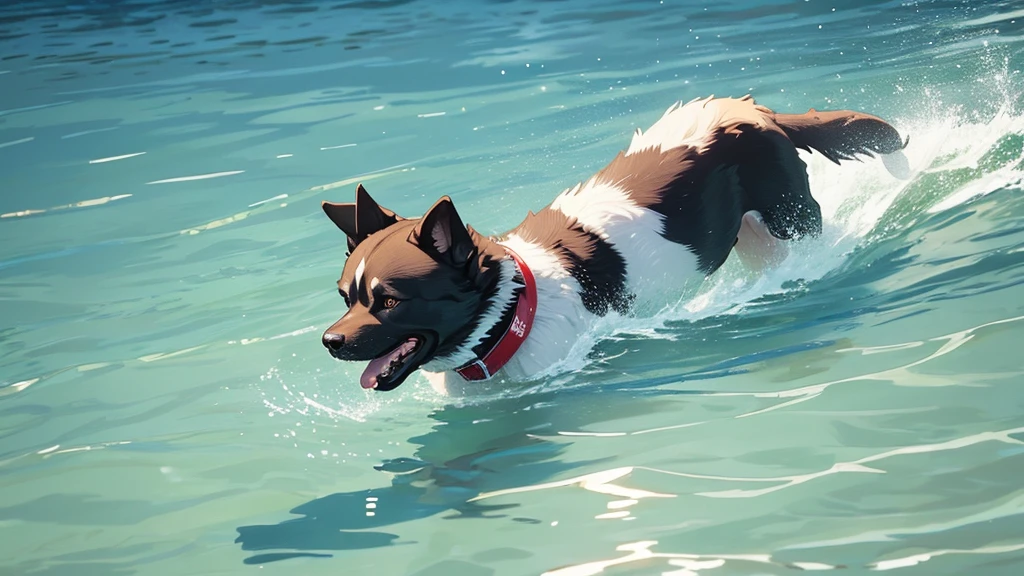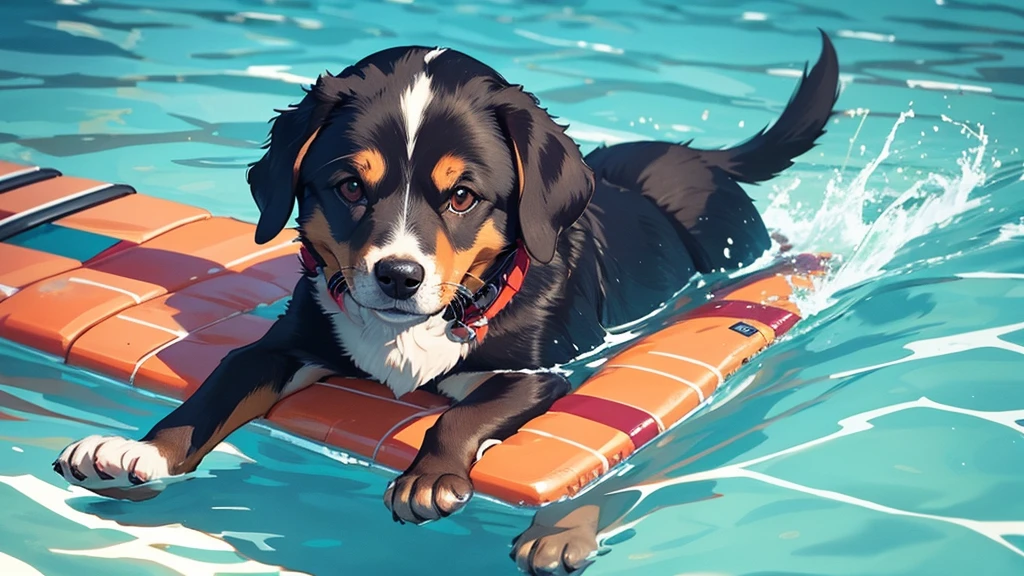The summer heat causes many dogs to splash around in pools for a refreshing dip. While their hilarious antics entertain us, a crucial question arises: Is bleach safe for our furry friends?
Chlorine and dog sensitivity
For humans, chlorine levels in most pools are generally safe, even if accidentally ingested. However, a dog’s senses, especially sight and smell, are sharper than ours. This increased sensitivity makes them more sensitive to the possible irritation of chlorine.
It is important to note that dogs with floppy ears can develop ear infections due to persistent moisture and not necessarily chlorine.
Minimize chlorine risks
The Veterinary Director of the American Kennel Club, Dr. Jerry Klein, points out that chlorine concentrations in swimming pools are usually minimal. The biggest concern is chlorine tablets, which can be toxic if ingested. Always store it in a safe place where your dog cannot reach it.
Some pet owners choose bromine-based pool chemicals, which are considered a safer alternative for pets.
Take care of your puppy after swimming
After a session in the pool, rinse your dog quickly to remove any remaining chemicals. Remember to gently dry your ears with a towel to avoid moisture buildup and possible infections.
A pool may seem like a giant bowl of water to your dog, but discourage him from licking or drinking the water to avoid an upset stomach. Keep a bowl of fresh, clean water on hand for proper hydration.

Ensure safe bathing for dogs
With proper supervision and aftercare, chlorine poses minimal risk to dogs enjoying a dip in the pool. Here are some additional safety tips:
Respect your dog’s preferences: Not all dogs are water lovers by nature. While some may start swimming like ducks, others may be hesitant or even afraid. Never force your dog to enter the pool. Let them approach the water at their own pace and reward them with praise throughout the process.
New swimmers: Many dogs initially have difficulty getting out of the pool. Since they are not familiar with pool ladders, they may need guidance. Show your dog how to use the steps and be patient with the initial confusion.
Avoid Panic and Exhaustion: Dogs may not bark for help if they hit the water, leading to exhaustion and possible drowning. To avoid this, surround your pool with secure fencing and never leave your dog unattended while swimming. Use toys or treats to encourage them to take the right steps.
Natural Buoyancy: Fortunately, most dogs are natural swimmers due to their inherent buoyancy.
Teaching at pool exits.
Novice swimmers often get confused when trying to get out of the pool. The unknown staircase can be an obstacle. Here’s how you can help:
Patience is key: Be patient and understanding as your dog navigates his way out of the pool.
Demonstrate the steps: Guide them through the steps and show them how to place their paws on each rung.
Positive reinforcement: Reward their progress with praise and treats to motivate them.
Practice makes perfect: With consistent training and positive reinforcement, your dog will easily get out of the pool.
By following these safety guidelines and paying attention to your dog’s needs, you can ensure a fun and refreshing summer splashing around in the pool together.




Great job on this post!
Thanks for the great tips!